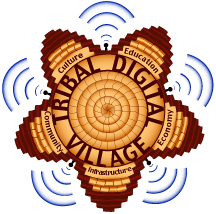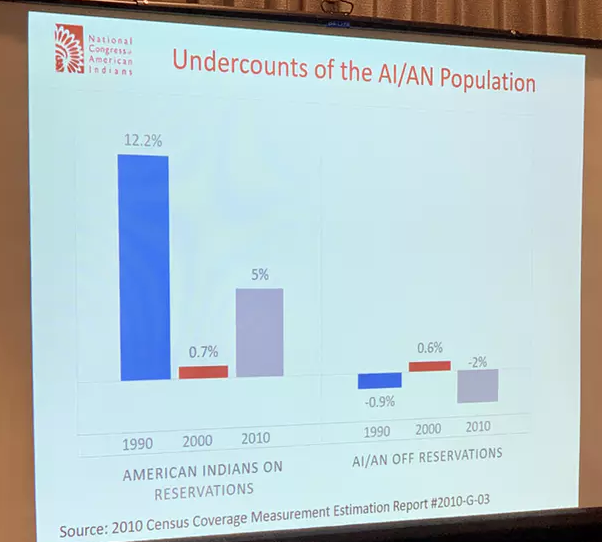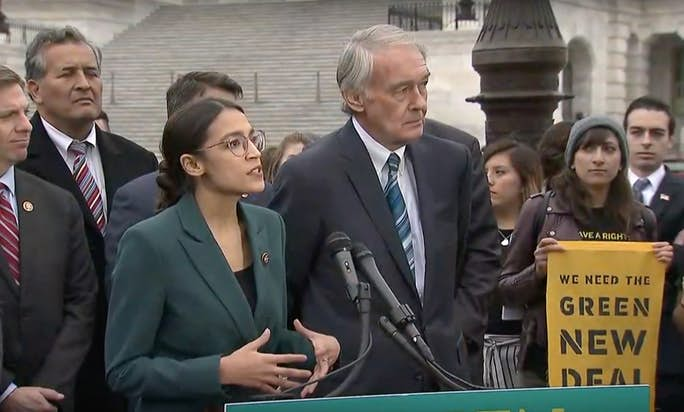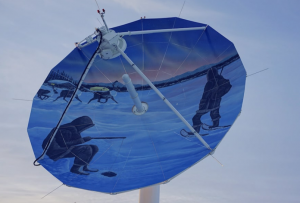Importance Of Indigenous Inclusion In The Internet
This speech was given by Matthew Rantanen – Director of Technology, Southern California Tribal Chairmen’s Association, Tribal Digital Village – in the closing session of the Internet Governance Forum in Geneva in December 2017.
Ladies and Gentlemen, excellencies, colleagues and stakeholders, friends – to make sure I am recognizing everyone and observing proper protocols, I would like to say – “All protocols observed”.
I’d like to thank you for the honor, and for allowing me to speak at the closing ceremonies of this Internet Governance Forum, in Geneva.
I would also like to thank those that nominated me and selected me to participate.
I am here before you today to bring awareness to the Global Indigenous Communities around the world. It is our goal to ensure that we, the Indigenous people of the world, have a recognized seat at the table when it comes to the planning, development, implementation, and governance of the technological advances that we are gathered here to support at this forum.
I am Matthew Rantanen, I am descendent of the Cree Nation in Northern Alberta, Canada. I am also Norwegian and Finnish, and was born in the United States of America (USA), of which, I am a citizen.
In the United States, I work with nineteen native nations. I am their Director of Technology, and together we have built a large community network, and more importantly, an Internet Service Provider (ISP). Both are part of a sustainable business model that continues to grow and support the unserved and underserved Native American populations. It is a microwave network, served by fiber optics; making up more than six hundred and fifty miles of links, and supporting one hundred tribal government municipalities, libraries, schools, and almost five hundred tribal homes.
We are continually expanding the network to allow access to all of the three thousand homes on the reservations, and we also support the surrounding, non-tribal community. We understand that to enhance a community is to be inclusive of those that surround you and have some of the same barriers to access. We had to build this network and connect our communities fast because the communication companies charged with deploying telecom services in the United States have failed to support some of the nations most vulnerable populations.
Over the past sixteen years of working on this initiative, it has become very apparent that there are barriers to entry for tribes and many other rural, unserved and underserved, communities, to gain the access to technologies that they deserve. This realization has transitioned my work for the past decade, and resulted in inclusive advocacy for Native American Tribes at the Federal and State Government levels of policy making.
I often joke that I am like a babysitter at meetings. I try to ensure that:
1) Native American Tribes are not forgotten.
2) Native American Tribes are not intentionally excluded.
3) Native American Tribes are included in the decision-making level of the process.
I am proud to say that I am now also doing this for the Global Indigenous Communities of the world, at the IGF and ICANN. While I was Chairman of the Board at Native Public Media, we presented the concept of the Tribal Ambassador to ICANN. I am very pleased to say that it was accepted, and has since been further expanded to become the Global Indigenous Ambassador program. I subsequently attended ICANN60 as an Indigenous mentor to the first two Indigenous Ambassadors.
Here at the Internet Governance Forum, I joined a group of Community Networking fellows brought here by the Internet Society (ISOC) allowing us the opportunity to participate and realize the importance for Indigenous inclusion at this Governance level. The Internet will fail to be the resource that it should be if it does not include all of it’s people in the development of its future.
Indigenous populations feel that the governance of the Internet should include the most underrepresented voices in the world’s population. These communities are typically unserved or extremely underserved populations that are falling further and further behind. With less that fifty per cent of the world’s population connected to the Internet – underrepresentation is far more extreme among these Indigenous communities.
With the development of unlimited video solutions and realtime video communications on the Internet, and with Gigabit applications in sight in the very near future, we are in a constant struggle to support our communities – all the while facing a lack of recognition as an agent for change within this process.
Having worked on the first and second Native Nations Broadband Task Force at the Federal Communications Commission of the United States, spanning six years, I have a very strong foundation of understanding on how to implement change in rule making and procedure. This is just one way to breakdown the barriers to communications.
I have worked with the National Congress of American Indians in the United States for nearly ten years, and I co-chair their Technology and Telecom subcommittee. This subcommittee develops resolutions supported by three hundred and sixty member tribes. The resolutions are presented to Federal Government to help them further understand the needs of the Indigenous communities that are being excluded from the process.
I am standing before you today to remind you that Indigenous populations around the world have potential to be part of the next 3.5 billion Internet users. However, they are not being included in the process that is deciding their fate.
We as a people and as a minority are willing and able to contribute, and we know our needs. Policy Makers have the responsibility to remove barriers to Indigenous community networking. This means NOT imposing any preconceived notions on what they feel these Indigenous communities may need, without a proper consultation and inclusion in the process.
Policy and Governance working hand-in-hand with indigenous communities to understand the actual needs can be the only path to solving the problem.
Thank you.





Comments are closed here.